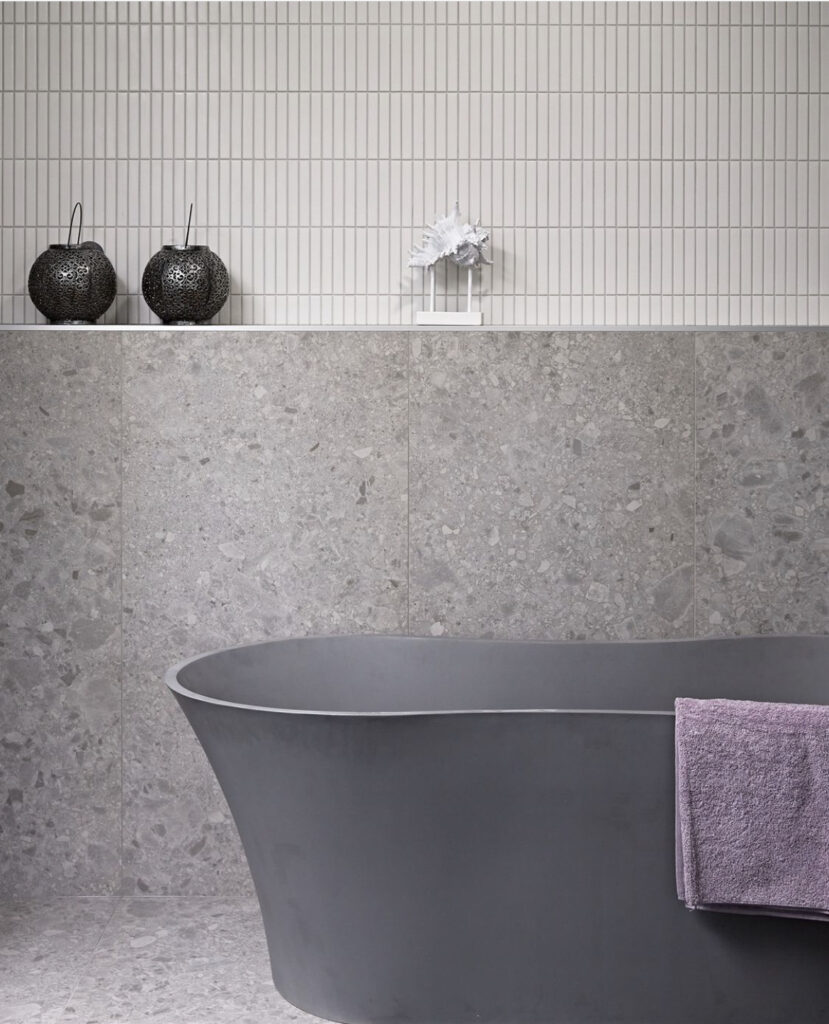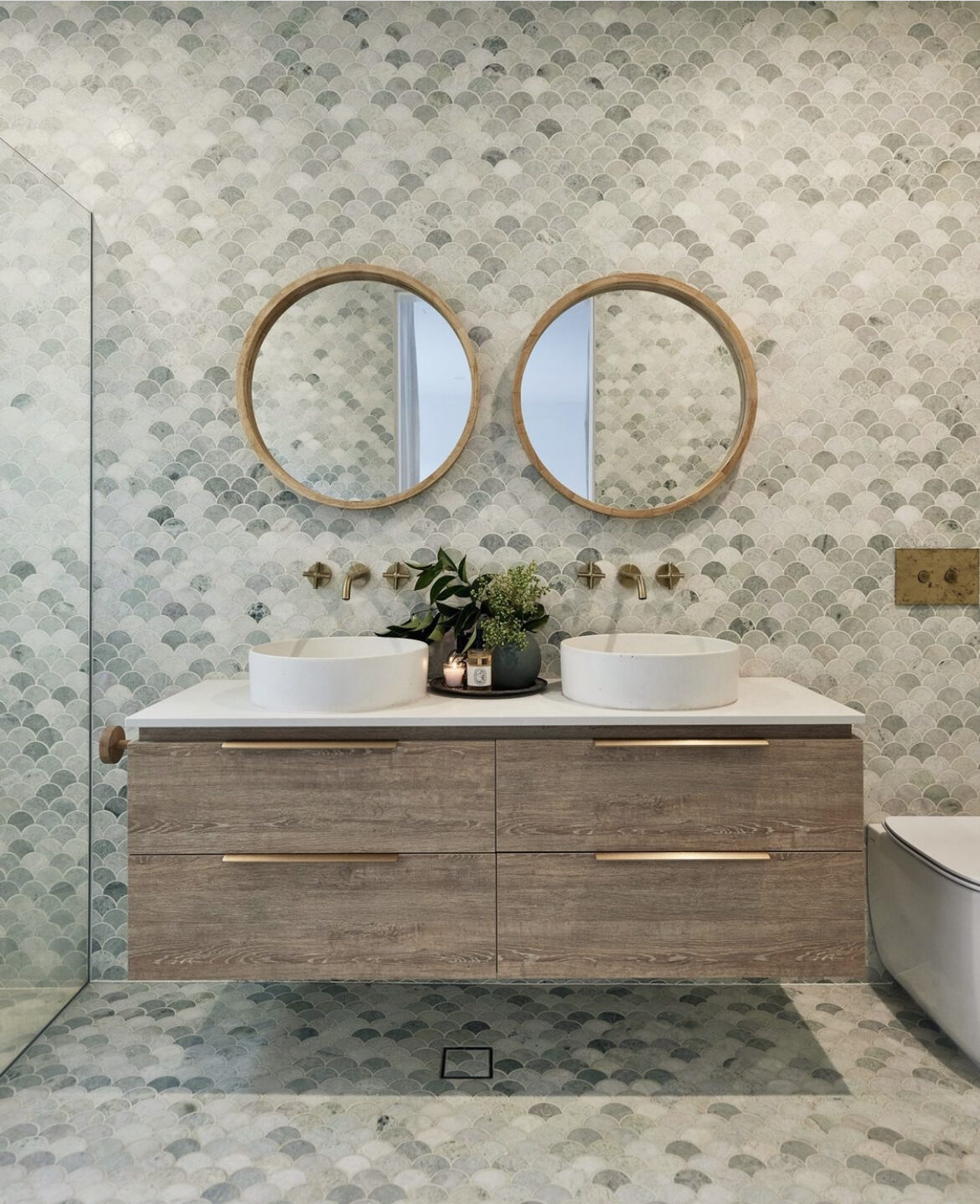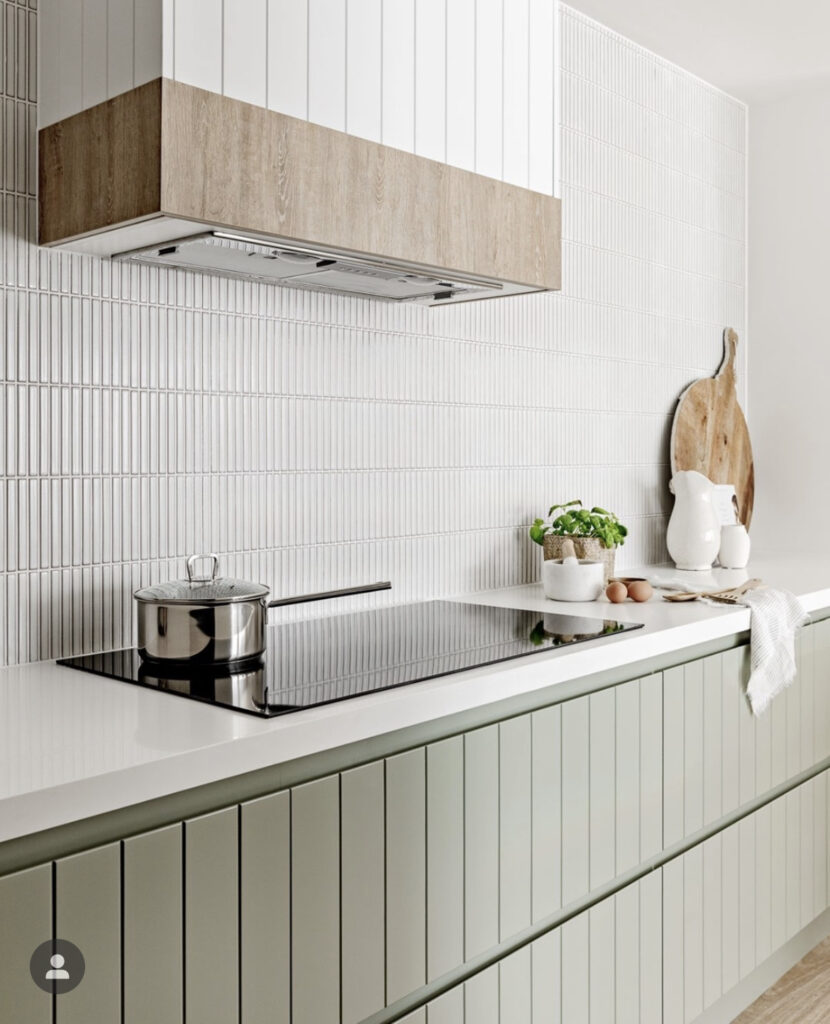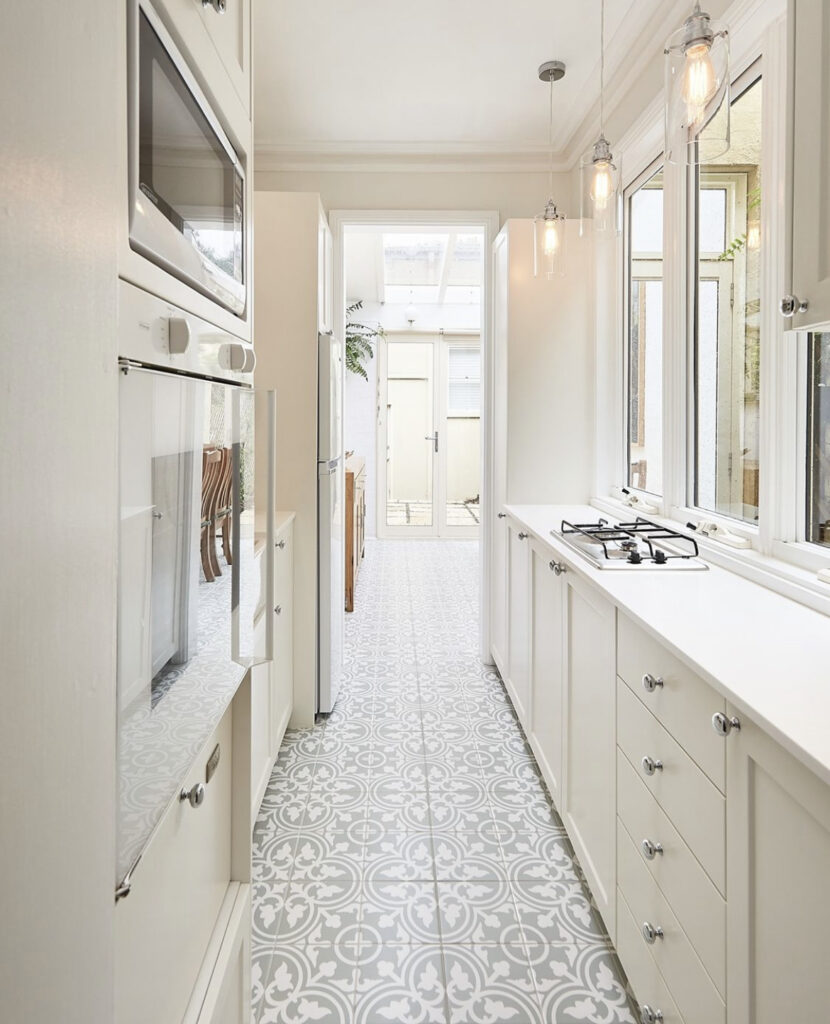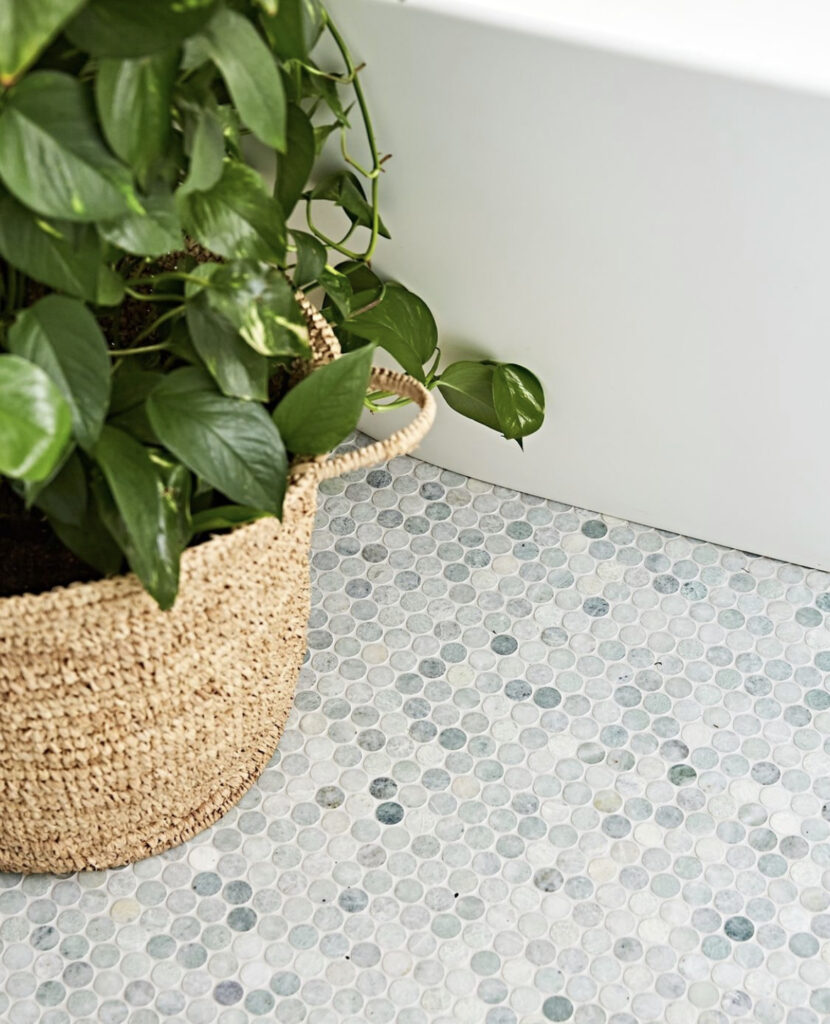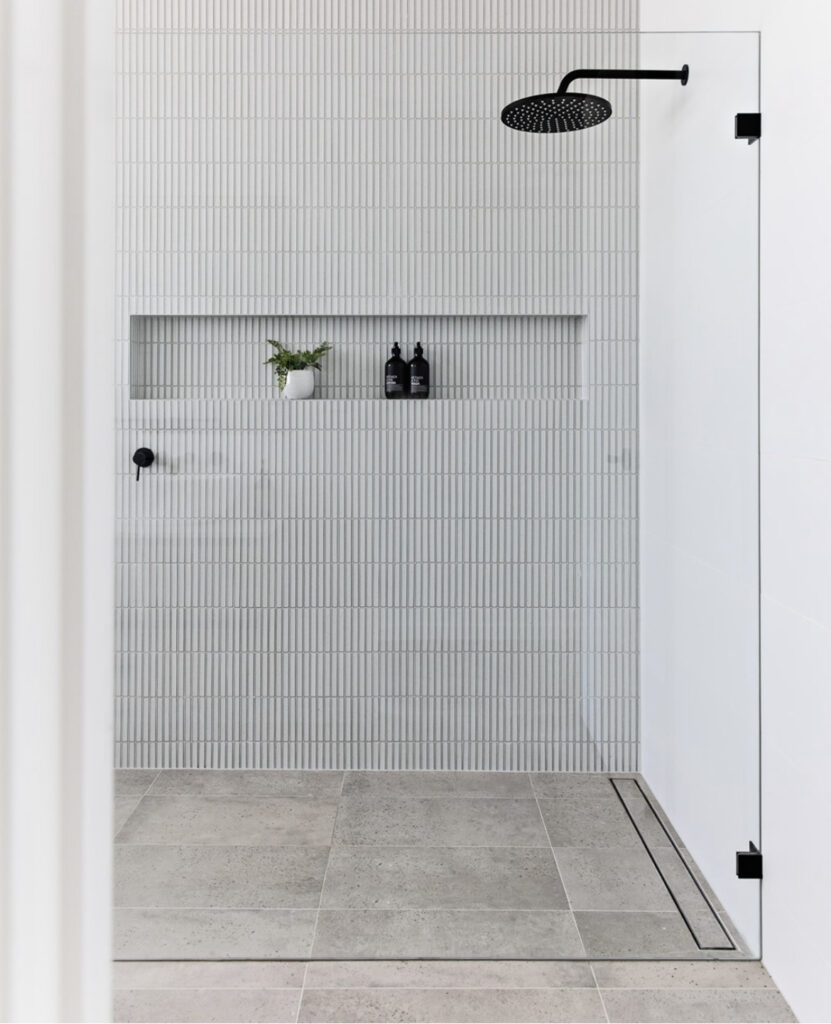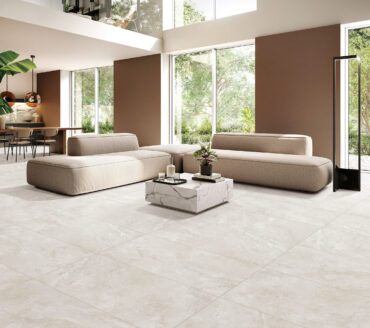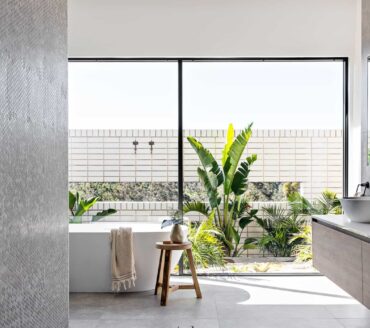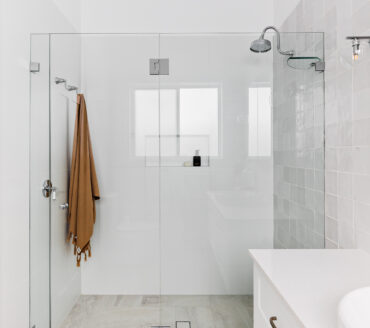Whether you have purchased ceramic, porcelain, floor or wall tiles from our extensive tile range, we would like to offer you the best tile cleaning advice for your indoor and outdoor tiles.
Basic rules and recommendation
- Whatever method is chosen, remember the three golden rules of cleaning:
Rule A: Try a small inconspicuous area first.
Rule B: Rinse off well with clean water afterwards.
Rule C: Avoid using highly concentrated cleaning products for prolonged periods of time. - The sooner the cleaning is carried out, the easier the stain can be removed.
- Protect the floor if decorating, construction or overhead work is taking place.
- Locations which are permanently wet (e.g. swimming pools, showers etc.) may attract a build up of body fat, oils, soap residue, hard water deposits and in humid conditions organic growth (algae). To remove this, a more acidic cleaning agent used regularly is preferable because alkaline cleaners can react with body fats to make surfaces slippery. A plastic scouring pad is the most useful device for this type of cleaning. Before using these products, get professional written advice from the chemical manufacturer as to the suitability, application and frequency of use of their product on fully vitrified porcelain tiles.
- Powder cleaners should not be used as undissolved particles may remain and develop a haze distracting from the natural beauty of the tiles.
- Steel wool pads should not be used as they leave steel particles, which may later rust leaving brown stains.
- One source of problems with unglazed tiles comes from regular cleaning using an alkaline detergent with a pH greater than 9, which have a high concentration of sodium or potassium hydroxide. These should not be used unless the residue can be neutralised and thoroughly rinsed away with clean water, as this reaction can cause a glossy and potentially slippery surface.
- The pH of the material is the measure of acidity or alkalinity. It is a logarithmic scale with pH 7 as the neutral point. Below pH 7, the material becomes progressively more acidic, and above pH 7 more alkaline (i.e. pH 8 is 10 x more alkaline than pH 7).
- The regular use of detergents and other cleaning agents which are excessively acidic or alkaline, and contain an excess of sodium or potassium hydroxide can cause irreversible damage to the tile surface. It is important to note that acidity is less damaging than alkalinity. All products used must be recommended by the chemical manufacturer.
- Degreasing agents containing wax, sodium, silicate or other additives which leave a sticky deposit on the floor, and thus retain dirt on the surface, must also be avoided. Like any material, tiles tend to become slippery when wet. We recommend that care be taken to keep the surface dry.
- The Australian Standard for tiles which are suitable for use in wet areas of commercial amenities must meet the coefficient of friction test of at least R10.
- Please always refer to the chemical manufacturer’s instructions when using any cleaning agent. If you need more information about the use of cleaning products and the manufacturing agents in your state, please contact the Technical Services Department of the chemical manufacturer.
- Detergents build up with prolonged use and if not properly rinsed will hold in dirt, making the tiles slippery and dirty.
- Signage must be adequately displayed when cleaning tiles to warn the public or other users of the area that the tiles are wet, and care should be taken. Before using these products, get professional written advice from the chemical manufacturer as to the suitability, application and frequency of use of the product on fully vitrified porcelain tiles.
